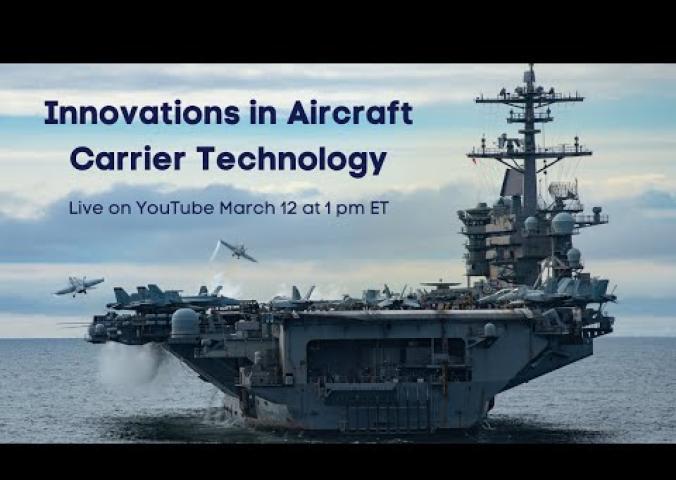On March 21, 1921, the U.S. Navy published specifications for what would become the first American, purpose-built, carrier fighter. This specification read in part: "It is intended to carry such a shipboard airplane on an aircraft carrier which is a flush deck vessel, from which deck the airplane will fly off. The machine shall be provided with interchangeable landing gear allowing it to function as a twin float seaplane or as a land machine of conventional type. As a seaplane, it will fly from the deck by being projected into the air by means of a catapult giving an acceleration equal to 64.4 feet per second. As a landplane, the machine will take the air after a run along the deck."
In 1920, the Navy began conversion of the collier ship, Jupiter, into the Navy's first aircraft carrier, the USS Langley, CV-1. The Langley required new fighter and torpedo aircraft and the Curtiss Aeroplane and Motor Company subsequently received a contract for three experimental shipboard fighters, designated CS.
At the same time that the contract was let to Curtiss, a design team from the Navy's Bureau of Construction & Repair (later reorganized as the Bureau of Aeronautics, or BUAER) proposed another design that utilized the 200 horsepower Lawrence J-1 air-cooled radial engine. The Naval Aircraft Factory received a contract for five convertible (wheels or twin floats) carrier fighter aircraft, designated TS.
In July 1921, it became apparent that the Curtiss monoplane CS design was too heavy and complex for carrier operations. Curtiss suggested building the NAF's TS design in place of its failed CS and the proposal was accepted. Curtiss was awarded a contract for 34 TS fighters. Curtiss completed deliveries under this contract by June 1923, with most of the fighters being shipped to Navy Fighter Squadron One (VF-1) in San Diego, California.
Initially used as land-based airplanes, Curtiss modified the TS fighters for carrier operations in late 1924 when the USS Langley was commissioned. Modifications included the substitution of improved Wright J-4 and J-4A engines and the addition of a spreader bar between the landing gear wheels, which was equipped with hooks to engage the decks longitudinal landing wires, and a tail hook to engage the cross deck wires.
VF-1 carrier operations began in early 1925, but by that time many of the Curtiss-built TS-1s had already been stricken form the Navy inventory and had been replaced with newer fighters, such as the Curtiss F6C-1.
The NAF built five TS-1s, which served in a variety of roles. One was used in developing carrier landing system hardware, two served as general purpose aircraft at Naval Air Station Pensacola, one was modified as a racing airplane, and another modified to TS-3 configuration with the addition of a Wright E-2 engine. Some design differences, including fuselage and tail structure details, existed between the Curtiss- and NAF-built aircraft. BUAER ordered four more TS fighters from the NAF. Two were TS-2s, equipped with 220-horsepower Aeromarine U-8-D engines, and two were TS-3s, powered by Wright E-2 engines.
BUAER subsequently dropped the production of the Aeromarine engine and ordered that the TS-2s be converted to TS-3s with the installation of Wright E-2 engines. However, this order was not carried out for one of these aircraft, which with further modifications became a back-up Navy racer for the 1923 Schneider Cup race. It was fitted with the more powerful Wright E-4 engine and was given the designation TS-3A. The other TS-2 had its Aeromarine engine removed, but the Wright E-2 engine was not installed and the aircraft (serial number A 6446) was then set aside for spare parts and was ultimately stricken from the Navy inventory on March 29, 1926. A 6446 was later shipped to the Aerodynamics Laboratory at Stanford University in 1927.
By 1930, all TS fighters still flying in the Naval Reserve were stricken and ultimately destroyed. A 6446 is the sole surviving TS series fighter that had been designed to fly from aircraft carriers. In 1948, the Smithsonian Institution acquired the TS fighter, A6446, from Stanford University. It is referred as a TS-2/3 because the intended conversion to TS-3 mark was never completed.
